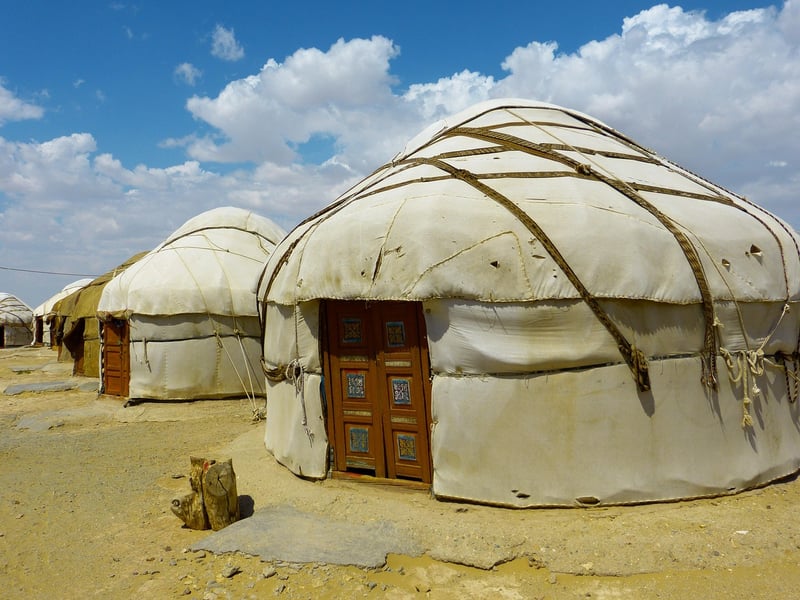Sustainable Habitation
The Essentials for Long Journeys: Materials and Energy
Embarking on long journeys, whether by land, sea, or air, requires careful planning to ensure a smooth and sustainable voyage. Two critical aspects to consider for such expeditions are the materials used and the energy sources harnessed throughout the journey. Let's delve into how these elements play a crucial role in sustainable habitation during extended travels.
Materials for Sustainable Habitation
When preparing for a long journey, selecting the right materials is essential for sustainable habitation. Choosing eco-friendly, durable, and recyclable materials can significantly reduce the environmental impact of your expedition. From construction materials for shelters to everyday items used on the journey, sustainability should be a top priority.
Key Considerations for Sustainable Materials:
- Opt for recyclable and biodegradable materials.
- Choose lightweight materials to reduce fuel consumption during transportation.
- Prioritize materials that have a long lifespan to minimize waste.
- Consider materials that can be repurposed or recycled at the end of their useful life.
Energy Sources for Long Journeys
Energy is another critical component of sustainable habitation during long journeys. Whether for powering vehicles, lighting, heating, or cooking, utilizing renewable energy sources can help reduce carbon emissions and dependence on non-renewable resources.
Types of Renewable Energy Sources:
- Solar Power: Harnessing energy from the sun through solar panels.
- Wind Power: Using wind turbines to generate electricity.
- Hydro Power: Generating power from flowing water, such as rivers or streams.
- Biofuels: Utilizing organic materials like plant waste or algae for fuel.
Benefits of Sustainable Materials and Energy for Long Journeys
By incorporating sustainable materials and energy sources into long journeys, travelers can enjoy a range of benefits:
- Reduced environmental impact and carbon footprint.
- Cost savings through energy efficiency and waste reduction.
- Promotion of eco-friendly practices and responsible tourism.
- Enhanced durability and resilience of materials in diverse conditions.
When planning your next extended journey, remember that sustainable habitation is not only possible but essential for preserving our planet and ensuring a brighter future for generations to come.

Image Source: Pixabay
